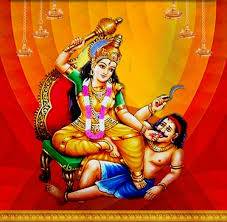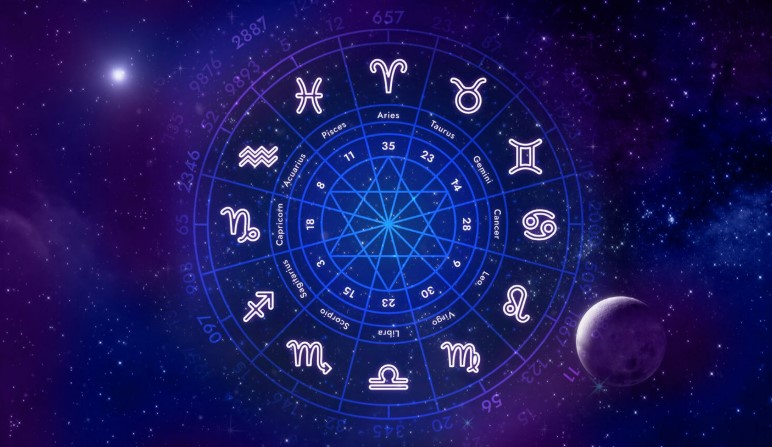For thousands of years, angels have provided wonder, inspiration, and mystery to people of all nations and beliefs. These celestial beings, frequently represented with wings, dazzling light, and ethereal beauty, represent the relationship between the divine and the human world. Angels appear in folklore, art, literature, and modern spiritual traditions, providing hope, direction, and protection to those who believe in them.
What are Angels?
The term ANGEL is derived from the Greek word Angelo’s,” which means “messenger,” emphasizing one of their principal functions: conveying messages from a higher authority. Throughout history, angels have been seen as messengers between the divine and the earthly realms, serving as guides, protectors, and soldiers against evil. Despite their disparate representations, they share one common thread: their desire to serve the god and save humanity.
Angels from Various Religions
1. Christianity: Angels are prominent figures in Christianity, frequently seen as God’s messengers carrying out His will. They appear throughout the Bible, from proclaiming Jesus’ birth to defending the faithful in times of danger. The archangel Gabriel, for example, told Mary that she would bear the Son of God, whereas Michael is portrayed as a fierce warrior heading the struggle against evil. These angels demonstrate attributes such as guidance, strength, and heavenly authority.
2. Islam: Angels (Malaika) are regarded beings of light created by Allah to perform various purposes. They lack free will and act only in obedience to God’s directives. Notably, the archangel Jibril (Gabriel) was instrumental in delivering the Quran to Prophet Muhammad, while angels Mikhail (Michael) and Azrael are in charge of various aspects of existence, such as supplying sustenance and taking souls after death.
3. Judaism: Angels in Judaism are referred to as “mal’akh,” which means “messenger.” They transmit God’s words, administer divine judgement, and guide individuals. The Talmud and other Jewish literature depict various types of angels, with Michael and Gabriel being notable figures who frequently reflect God’s kindness and power.
4. Angels beyond Abrahamic Religions: While angels are most often linked with the Abrahamic faiths, they also figure in other spiritual traditions. In Hinduism, celestial entities known as “Devas” guard and safeguard the universe. In Buddhism, “bodhisattvas” are enlightened beings who guide people to spiritual awakening, much like angels.
The Angel Hierarchy
Many religious traditions believe that angels are organized in a hierarchy, with each level having certain roles and powers. The most prominent classification comes from Christian theology, separating angels into nine orders, which are organized into three spheres.
1. First Sphere:
Seraphim: The closest to God, representing heavenly love and light.
Cherubim: Protectors of divine wisdom and understanding.
Thrones: The holders of heavenly justice and authority.
2. Second Sphere:
Dominions: Oversees the responsibilities of inferior angels.
Virtues: Givers of grace and blessings, frequently linked with miracles.
Powers: Protectors from evil and chaos.
3. Third Sphere 
Principalities: Defenders of nations and leaders.
Archangels: Messengers of momentous events, such as Gabriel and Michael.
Angels: The closest to humans, they act as personal guardians and guides.
The concept of Guardian Angels
One of the most popular concepts regarding angels is the guardian angel, who is entrusted to protect and guide a person throughout their life. Many people believe that their guardian angel protects and guides them during difficult times. This belief has been a source of strength for many people, strengthening the notion that we are never really alone.
Angels in Modern Spirituality and Culture
Today, the concept of angels has spread beyond traditional religious bounds. They have come to represent hope, love, and protection in modern spirituality. Angel therapy, which involves connecting with angelic guidance through meditation or prayer, has grown in favour as a means of seeking healing and understanding. Angels continue to inspire in popular culture, with appearances in films, books, and artwork. Their presentation frequently emphasizes themes of compassion, resilience, and the triumph of good over evil, making them timeless sources of inspiration and comfort.
Signs of Angelic Presence
Many people claim to have had meetings with angels, and they frequently describe them as moments of unfathomable consolation, advice, or even miraculous intervention. Common indicators that are said to suggest angelic presence are:
1. *Feathers appear in unexpected places*: Seen as a reminder that angels are present.
2. *Flashes of light or orbs*: These are said to be manifestations of angelic energy.
3. *Sudden emotions of warmth or peace*: Moments of tranquilly that may indicate angelic protection.
These encounters frequently serve as reminders that there is a divine force watching out for us, even at our darkest hours.
THANKS AND REGARDS
ASTRO RITU BHATIA

An experienced astrologer with over 7 years of expertise in guiding individuals through the wisdom of the stars. My knowledge spans both Western and Vedic astrology, Tarot, and Angel healing. I can provide personalized insights and predictions that help users navigate their personal and professional lives. I specialize in birth chart analysis, future predictions, and relationship advice. Throughout my career, I have assisted countless individuals in making informed decisions and finding clarity in their journeys. My approach is user-focused, offering clear, accurate, and compassionate guidance. I’m committed to helping others with astrology in a meaningful way, empowering them to unlock their potential and achieve their goals.










